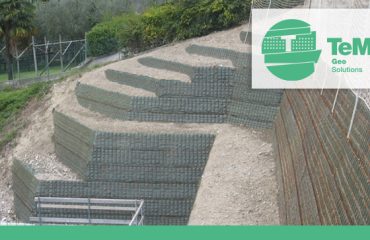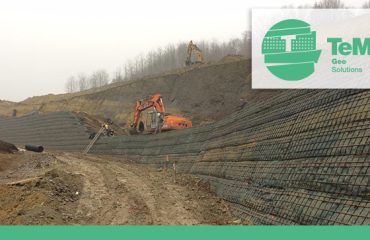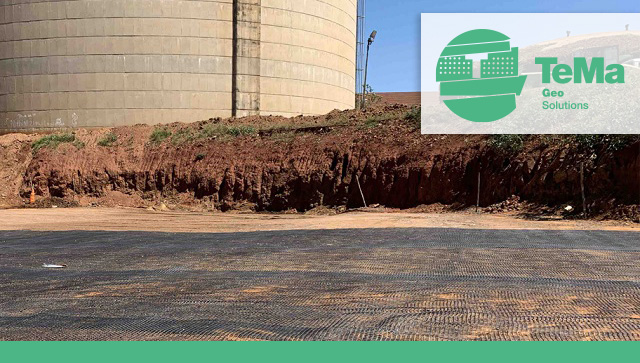
Foundation base reinforcement for the construction of rigid reinforced concrete structures on unstable areas: a challenge for engineers across the globe. Sure enough, designers find themselves having to contend with the risk of differential foundation settlement, which can result in cracks in the structure. This means any unsound material in the area often has to be dug out and carted off site, while the layers have to be built up again using materials brought in specially, which can sometimes be expensive. The foundation bed must provide the required bearing capacity and, above all, must eliminate the risk of differential settlement.
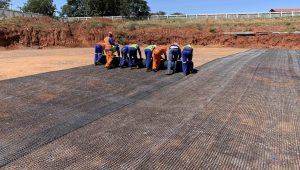
The Katlehong job, in South Africa, was a major project for TeMa in a highly critical construction context, given that it involved building a municipal water reservoir in the shape of a 200 thousand hectolitre tank.
With the introduction of a number of geosynthetic products in place of conventional building materials, the costs came in significantly lower than initially projected and structural efficiency was improved considerably across such a large project, promising to deliver a long service life.
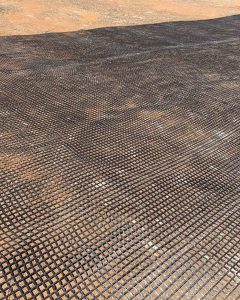
The TeMa solution in cases like these: laying X-Grid PET-C-0 100/100 Biax — a biaxial stabilization geogrid woven from high-strength polyester, with a protective polymer coating — over the whole bed in alternating layers with fill material between. With each new layer, the geogrid has to be placed with the appropriate orientation to ensure the structure’s foundation will provide the required overall stability and bearing capacity, thus allowing for and negating the negative effects of any differential settlement.
The use of TeMa Geo geogrids allows for space to be incorporated into the design to accommodate the underground services associated with the structure being built, while providing the designer with significant advantages, compared to the use of conventional natural materials, including ease of installation and shorter construction timeframes.

